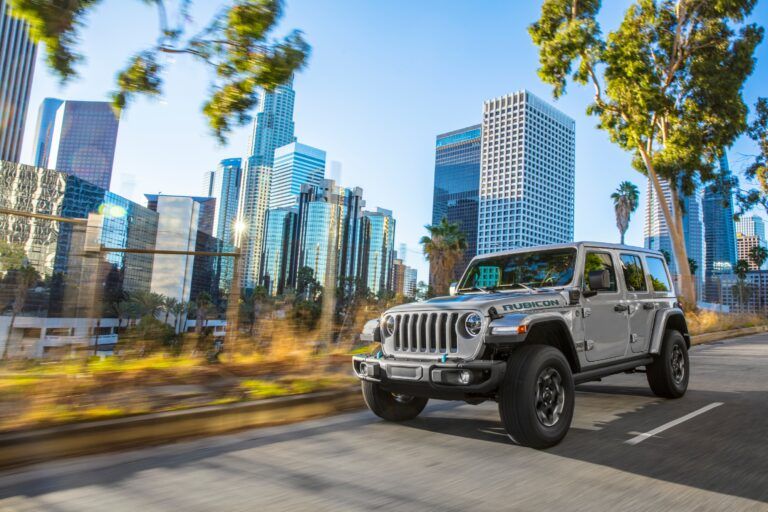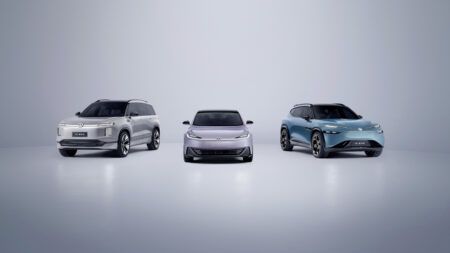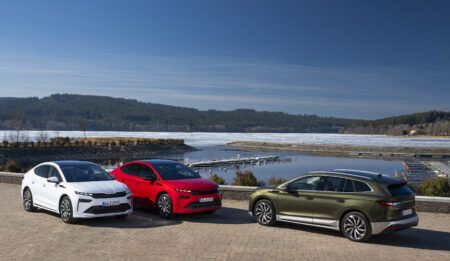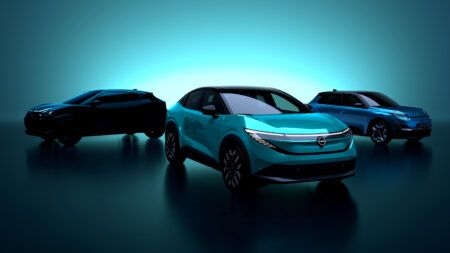Automotive manufacturer Stellantis has revealed a €30bn electrification strategy roadmap, which includes plans for all of its 14 brands to offer fully electrified models.
Stellantis, which was formed through the merger of FCA and Groupe PSA six months ago, announced a detailed strategy through to 2025 whereby it will produce electric models built on new platform with ranges up to 500 miles. In addition, it revealed it will establish five battery gigafactories to support its electrification push, and also introduce potentially game-changing solid-state battery technology in 2026.
The electrification plans will leverage in-house expertise, partnerships and joint ventures to deliver advanced technology at affordable prices, which is said to help Stellantis achieve increased profitability in the coming years.
“The customer is always at the heart of Stellantis and our commitment with this €30 billion plus investment plan is to offer iconic vehicles that have the performance, capability, style, comfort and electric range that fit seamlessly into their daily lives,” said Carlos Tavares, Chief Executive Officer, Stellantis. “The strategy we laid out today focuses the right amount of investment on the right technology to reach the market at the right time, ensuring that Stellantis powers the freedom of movement in the most efficient, affordable and sustainable way.”
With driving range and rapid recharges key to widespread consumer acceptance of BEVs. Stellantis has revealed it will produce BEVs that will deliver ranges between 300-500 miles (500-800 km) and with fast charging capability of 20 miles (32 km) per minute.
Four BEV-centric platforms are the backbone of the electrified vehicles from Stellantis brands. The platforms are designed with a high level of flexibility (length and width) and component sharing, delivering economies of scale as each platform can support production of up to two million units per year.
The four platforms are STLA Small, with a range up to 300 miles (500 kilometers); STLA Medium, with a range up to 440 miles (700 kilometers); STLA Large, with a range up to 500 miles (800 kilometers); STLA Frame, with a range up to 500 miles (800 kilometers).
Propulsion includes a family of three electric drive modules (EDM) that combine the motor, gearbox and inverter. These EDMs are compact, flexible and can be easily scaled. The EDMs can be configured for front-drive, rear-drive, all-wheel drive and 4xe.
A program of hardware upgrades and over-the-air software updates will extend the life of the platforms well into the next decade. Stellantis will develop software and controls in-house to maintain the characteristics unique to each brand.
Battery packs will be tailored for a variety of vehicles – from smaller city cars to energy-dense packs for performance vehicles and trucks. Use of two battery chemistries is planned by 2024 to support various customer needs: a high energy-density option and a nickel cobalt-free alternative. By 2026, the first competitive solid state battery technology is targeted to be introduced.
Stellantis currently has or is completing several key technology joint ventures, ranging from e-powertrain and e-transmission operations to battery cell chemistry and production and digital cockpit and personalized connected services. These partnerships provide Stellantis the opportunity to leverage not only in-house competencies, but also the expertise of the partners in order to bring new technology and solutions to market more rapidly, while optimizing capital allocation to further enhance Stellantis’ competitiveness in the marketplace.
The Stellantis electrification roadmap encompasses the entire value chain. The company’s EV battery sourcing strategy is to secure more than 130 gigawatt hours (GWh) of capacity by 2025 and more than 260 GWh by 2030. The EV battery and component needs will be met with a total of five “gigafactories” in Europe and North America, completed with additional supply contracts and partnerships to support total demand.
Stellantis has signed memorandums of understanding (MOUs) with two lithium geothermal brine process partners in North America and Europe to ensure a sustainable supply of lithium, identified as the most critical battery raw material with regard to availability, as well as have the ability to integrate lithium into the supply chain once available.
In addition to sourcing strategies, Stellantis’ technical expertise and manufacturing synergies will drive battery costs lower. Electric vehicle battery pack costs are targeted to be reduced by more than 40% from 2020 to 2024 and by more than an additional 20% by 2030. All aspects of the battery pack play a role in reducing the costs – optimizing the overall pack, simplifying the format of the modules, increasing the size of the battery cells and upgrading the battery chemistry.
The company intends to maximize the full value of the battery life cycle through repair, remanufacturing, second-life use and recycling, as well as ensure a sustainable system that prioritizes customer needs and environmental concerns.
“Our electrification journey is quite possibly the most important brick to lay as we start to reveal the future of Stellantis just six months after its birth, and now the entire company is in full execution mode to exceed every customer’s expectations and accelerate our role in redefining the way the world moves,” said Tavares. “We have the scale, the skills, the spirit and the sustainability to achieve double-digit adjusted operating income margins, lead the industry with benchmark efficiencies and deliver electrified vehicles that ignite passion.”





